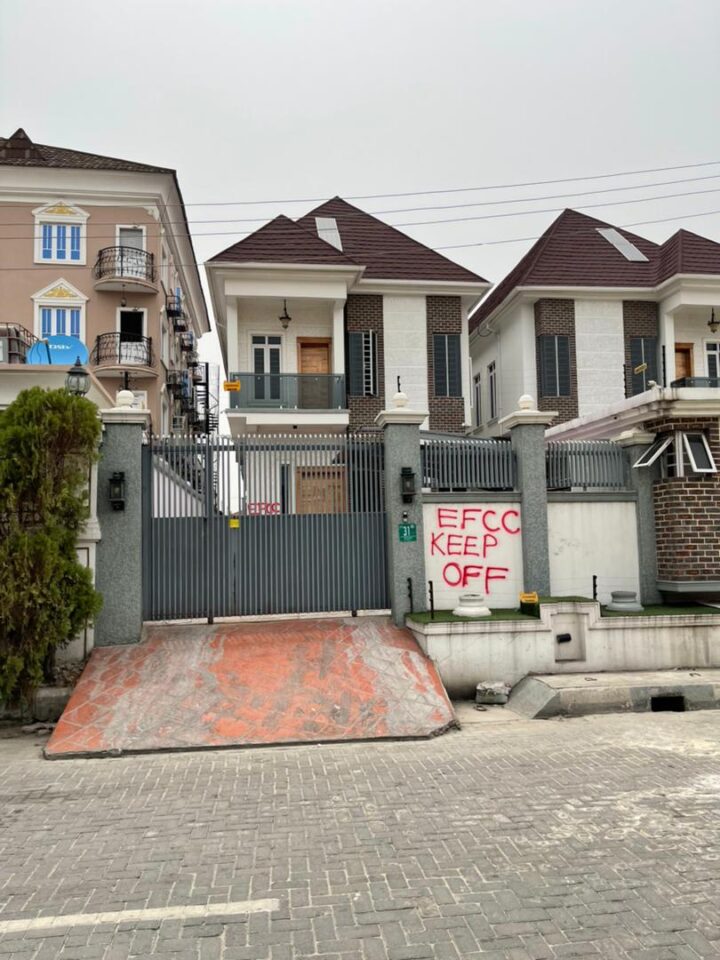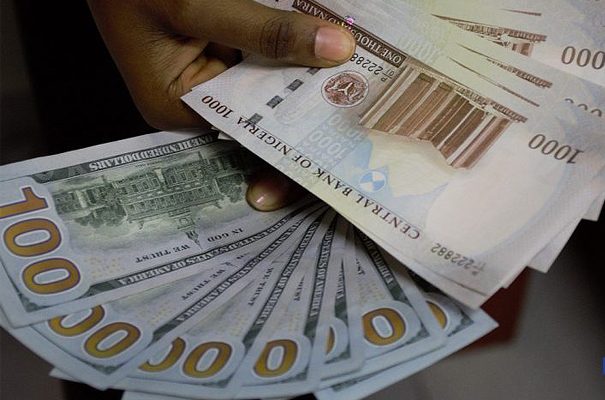The Nigerian National Petroleum Corporation (NNPC) says its trading surplus increased by 23.64 percent to N43.57 billion in April 2021 from the N35.24 billion recorded in March.
This is contained in NNPC’s monthly financial and operations report (MFOR) for the month of April.
The corporation attributed the rise in trading surplus to the activities of Nigerian Petroleum Development Company (NPDC), its upstream subsidiary.
Some of the activities, as shown in the report, include crude oil lifting from OML 119 (Okono Okpoho) and OMLs 60, 61, 62, 63 (Nigerian Agip Oil Company), as well as increase in gas sales.
Advertisement
According to the report, NNPC’s operating revenue surged by 17.73 percent (N80.67 billion) to N535.61 in April; while its expenditure also rose to N492.05 billion in the same month.
NNPC also said the positive outlook was further boosted by “robust gains” in Duke Oil and the National Engineering and Technical Company (NETCO) – two other subsidiaries it controls.
The report further showed that a total of 1.67 billion litres of premium motor spirit (PMS), better known as petrol, was supplied in April, which is about 55.79 million litres daily consumption.
Advertisement
In the gas sector, NNPC said a total of 209.27 billion cubic feet (bcf) of natural gas was produced in April, translating to an average daily production of 6,975.72 million standard cubic feet per day (mmscfd).
“Out of the 206.40bcf supplied in April 2021, a total of 126.83bcf of gas was commercialized consisting of 42.92bcf and 83.91bcf for the domestic and export markets respectively, ” part of the report reads.
“A total of 795mmscfd was delivered to gas-fired power plants in the month of April 2021 to generate an average power of about 3,416 MW.”
NNPC added that 46 pipeline points were vandalised in April, representing a decrease of 34.29 percent from the 70 recorded the previous month.
Advertisement
It said Port Harcourt and Mosimi areas recorded the majority of pipeline attacks, accounting for 54 percent and 46 percent vandalised points respectively.
Add a comment






